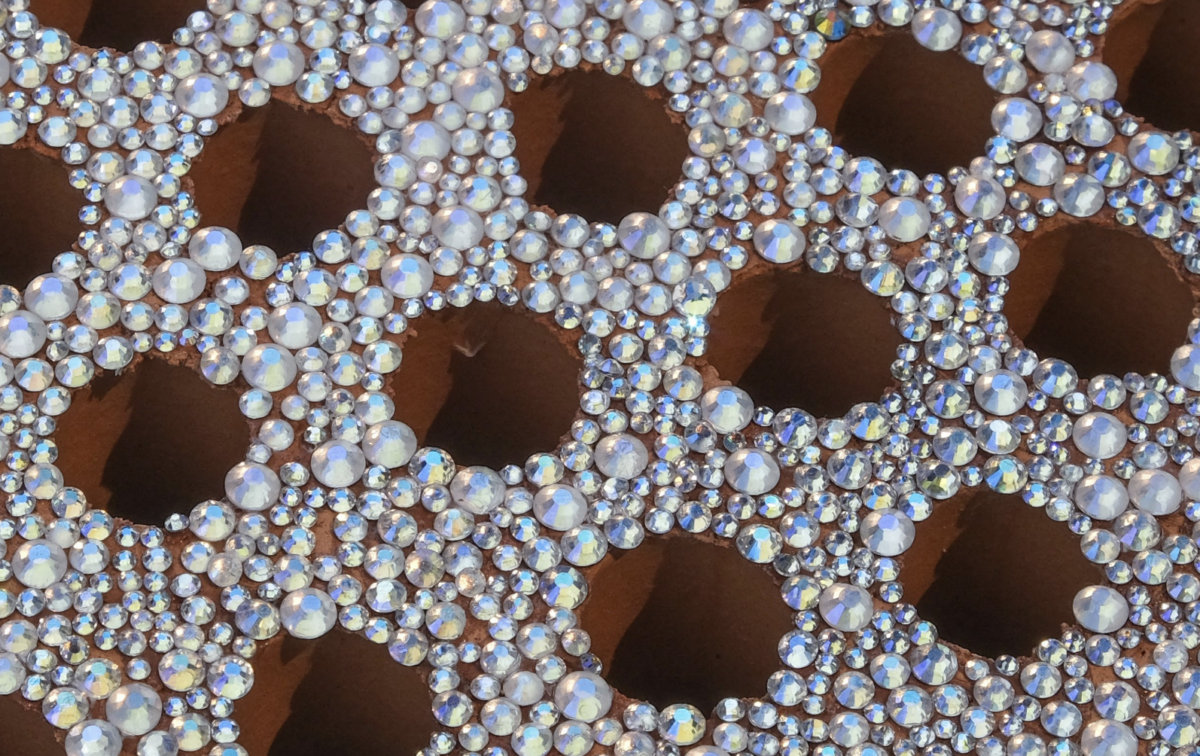Simona Moccetti is a nineteen-year-old art student, passionate about culture, society, and civil rights, and throughout her art studies she has merged these topics in many of her artworks. Unlike the other categories in this blog, in which we mostly talk about art and projects, this opinion section takes a deeper look at the concept behind the mind of creative thinkers. Therefore, Simona talks about herself and her ideologies, and how she uses these beliefs as a basis of expression to create awareness.
“I always saw myself as a very curious person. The more I get interested in things I don’t know, the more I realize I understand so little and wonder why most people don’t question things as much. If there is something that I am really good at doing, it’s not accepting statements just as they are but making my moves to find out more, and later choose for myself.”
“Besides curiosity, empathy is a very strong part of me as well. I am always dedicated to understanding different points of view and making the right choices, to try to become a better person for my own self, but mostly for the world. Empathy is a gift, but I needed time to understand how it could be handled and transformed into something powerful to use, as an expression of my work. When I was a little girl, this part of me was really negative; I would curl up in my bed at night and cry about social issues, which concerned me terribly. But the hilarious thing is that having the time, the space on my comfy bed and the tears to cry was a privilege that people who actually suffered didn’t have, because they’d use their time to try to survive. My mom said it right one night: “Simona, don’t cry, let’s look together for a way to help actively.” That was a significant moment for me, encouraging me to change my mindset from simply whining about stuff to taking action. “
Art is a way to communicate. Art has the power to impress, to shock, and to give birth to an animated discussion, and I believe that if we could bring that same energy to everyday social issues, we would live in a very different place.
S. Moccetti
Another vivid memory I have is when I was eight years old, in elementary school. I met a woman who worked as an activist and had volunteered in Honduras, Central America. She prepared a colorless and tasteless liquid with beans, dry tomatoes, and too much water and made us try it: it tasted horrendous. In my curious little brain, I remember thinking; “why do people eat stuff like this when much tastier food is available, like what I eat here?” That memory remained in my mind, and that’s why, when I grew older, I did my research and became aware of the tremendous food problem which menaces the world. I have learned that livestock farming and mass production of animal products today is incredibly unsustainable and is indeed one of the major causes of climate change. Therefore, I decided to eliminate any animal product from my diet and become vegan. After three years, I wager that whatever animal-based product you name, I can suggest a vegan version of it. Being vegan may seem difficult for many, but for me, it wasn’t. My willingness just made everything easier: I did my research, and in my opinion took action to do something helpful. And I am proud of it.”
Simona then explains that throughout these recent years she has become a more open-minded and inclusive person. “For example, I’d say that, at first, I would call myself a feminist because I would only stand for equal rights for women. Later I understood that feminism is more than equality for women: it is for everybody. Basically, when someone supports equality, that person is called a feminist, whatever the status, gender, ethnicity, identity, or class. The same happened with the LGTB+ community. As a lesbian woman, I am part of it and I know the difficulties that people like me encounter. Today I stand for people even when I don’t completly understand their obstacles and difficulties. Black people, disabled people, trans people? You name it, and I stand for all of them.”
“I believe in the state of being equal in status, rights, and opportunity and it is through art that I want to express these different faces of today’s world. I believe photojournalism represents the type of art which speaks for itself in the most reliable way. Photojournalism is art made for others.”
S. Moccetti
“When I traveled to Turkey, I was eager to live in a culture that was very different from mine, and finally I chose to visit Istanbul. There, I was able to experiment with photojournalism.”
“Istanbul was an incredible experience. I wanted to get in proximity to what it meant to be a woman in that country, thus I started immortalizing daily street life on my camera. I believe that there is a lot of ignorance about Islamic women, and I wanted to understand if all the stereotypes and beliefs (for example, that women are subservient, or that they have no freedom and are obliged to wear a burqa) were true. I got the chance to talk with a Muslim woman who decided not to wear a burqa, and she explained that most of the women in her country have the right to choose whether to cover themselves or not. Some feel safe under the burqa and protected by God.”

“We assume we are right, that some things are better here than in other places, but to be honest we are another culture just like any other, with different beliefs and ways of thinking,” says Simona, in a very determined voice. “In the end, I can learn about a culture without judging it, because my idea of what is right and wrong, good or bad, is shaped by where I was born and how I was raised. I have my version of the truth, and it is just one of many.”
It is clear that topics like these are not easy to handle, especially when it comes to defending your opinion and handling a constructive debate with others who have different or even opposite points of view. But because it is easy to fall into a state of sadness or even helplessness when confronted with these issues, I asked Simona to express some of the important, crucial and positive progress she has seen which makes her feel proud and joyful. “There are many things which make me happy, in which I am glad to participate. One of them is the FridayForFuture movement. A small young girl leading one of the biggest climate crisis movements around the entire globe is something that I totally give value to. The fact that people my age, and even younger, were the main marchers on the streets, is just incredible.”
“I also noticed that there are more and more people participating in prides, marches and demonstrations, even when they are not directly involved. 200,000 people at the LGTB+ pride march in Milan two years ago were not all part of the community nor were the thousands of men and women at the Women’s Rights demonstration in Bellinzona in 2018. This is what brings me joy: seeing more and more people supporting each other.”
WHAT IS YOUR VISION?
“I am optimistic about the world of tomorrow. I hope that one day there will be a more peaceful coexistence and more tolerance, freer thinking and less oppression. I hope to see social gaps eliminated and the same equal rights for every human being on this planet, without considering age, gender, identity, religion, ability and skin color. I foresee a lot of activism. I see positivity.”
“And about myself, well, I have already changed a lot, but I know I shall definitely change more in the future. I still have a lot to learn and evaluate. I see myself continuously transforming into a better version, but never crushing my willpower.”
USEFUL LINKS




